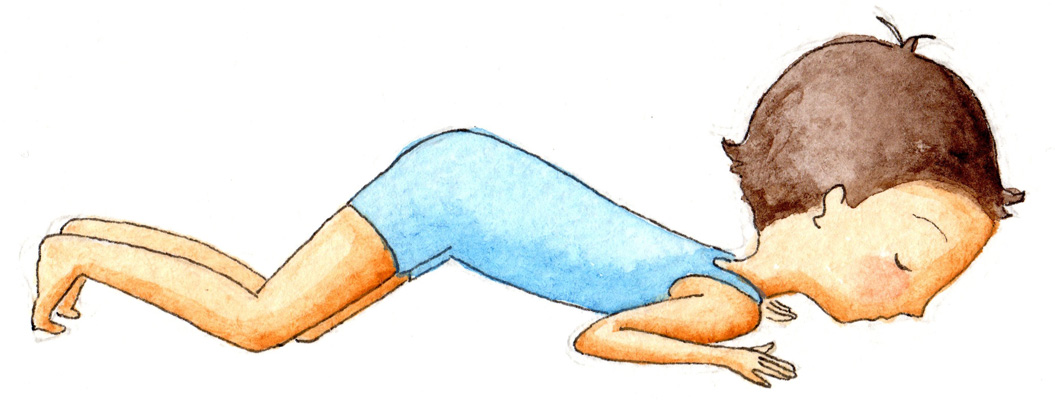In-Tuned™ Tip: Developmental Movement Helps Children with Brain-based Disorder
Whether or not a child has a formal diagnosis of a brain-based disorder, such as Autism Spectrum Disorder, Sensory Processing Disorder, ADHD, learning disability or no diagnosis, but may have a parent, childcare provider or teacher concerned about their development, they all have something in common. They all display various degrees of difficulty organizing themselves for movement.
Some of these movement deficits can be obvious, if a child walks with an atypical gait, can’t jump, hop or skip, is awkward or lacks fine motor skills, but most are subtle.
Children with brain-based disorders often have difficulty with the following, effecting movement:
- Too little, or too much muscle tone.
- Sufficiently engaging the large postural muscles of the body, or imbalance in postural muscle groups.
- Coordination between the right and left sides of the body.
- Isolating body parts from one another, such as moving the eyes without moving the head.
- Overuse of the extremities and inactive core muscles. In other words, they are “all arms and legs”.
- Difficulty crossing the center or midline of the body with the arms, the legs and eyes.
- Encouraging developmental movement patterns is the best way to help the child become more bodily organized. What we see on the outside reflects the organization going on inside the child’s brain. In other words, when you see a child gaining skills in how they organize their body, this will show up in other areas, such as increased awareness, attention and ability to pace themselves, or self-regulate the energy they bring to activities.
Without having specialized training, developmental movement can be encouraged by having the child perform animal moves and walks. Starting with movements on the tummy, have them slither like a snake, inch like an inchworm, and creep like a crocodile. Make sure to have them alternate moving towards the head and tail, adding to their ability to organize. Slink like a cat, scuttle like a crab, lumber like a bear, rock side to side like an elephant swinging their trunk across the center of the body, all add to the child working on foundation skills.
Creeping and crawling under and over different obstacles adds more challenge, or pushing a weighted ball or large exercise ball along with the head or feet. Help the brain get into more of a rhythm by adding moving in time to a specific beat of music or to a metronome.




